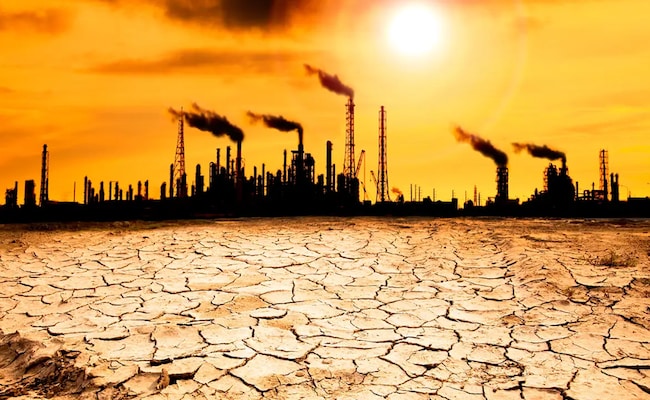
This finding highlights the urgent need for action to mitigate global warming.
The relentless heat and humidity are taking a toll on every living creature on Earth. Wildlife is searching for shady areas and water sources, and crops continue to wither under the relentless sun. It impacts ecosystems all over the world, agriculture, and human health.
Climate change, though not a new issue, has only led to increased frequencies and intensities of extreme weather phenomena, which added to already increasing degradation, making controlling global warming an imperative.
Extreme heat with high humidity can be lethal, and, with global warming, their incidence is on the rise. The body loses heat by sweating, but in hot and steamy conditions, the sweating process ceases and the body temperature shoots up precariously.
To measure the amount of both heat and moisture, a wet-bulb thermometer is used-a device that mimics the principle by which sweat cools the human body by evaporation. When humidity reaches 100 percent, there is no longer any additional loss of heat, and the WBT equals the actual temperature, which becomes an extreme danger to humans.
A WBT of 35 degrees Celsius had been considered for decades a critical threshold at which the body can cool itself anymore over and above that level even for the fittest individuals.
Recent studies at Penn State University suggested that this threshold is actually even lower, approximately 31 degrees Celsius. Even those engaged in light work, like cooking or taking a shower, are always increasing their inner heat temperature, which may lead to unconsciousness or even death due to a failure of organs.
It seems to endanger mostly elders, children, and people who work outdoors. Though temperatures of 35 degrees Celsius are still very exceptional, especially in Saudi Arabia, India, and Pakistan, where values as close as 31 degrees Celsius have been recently recorded, millions are increasingly threatened by a warming world.


































